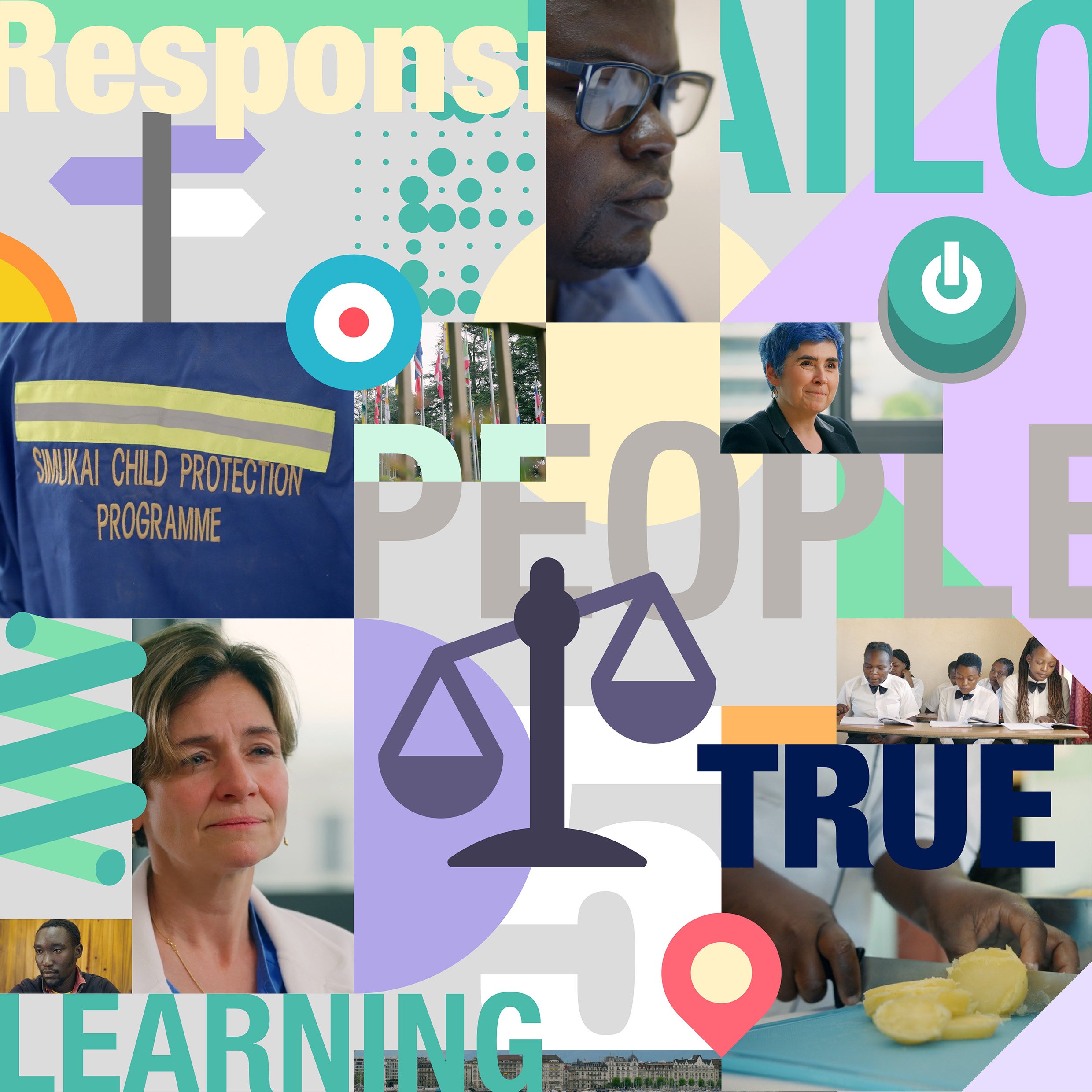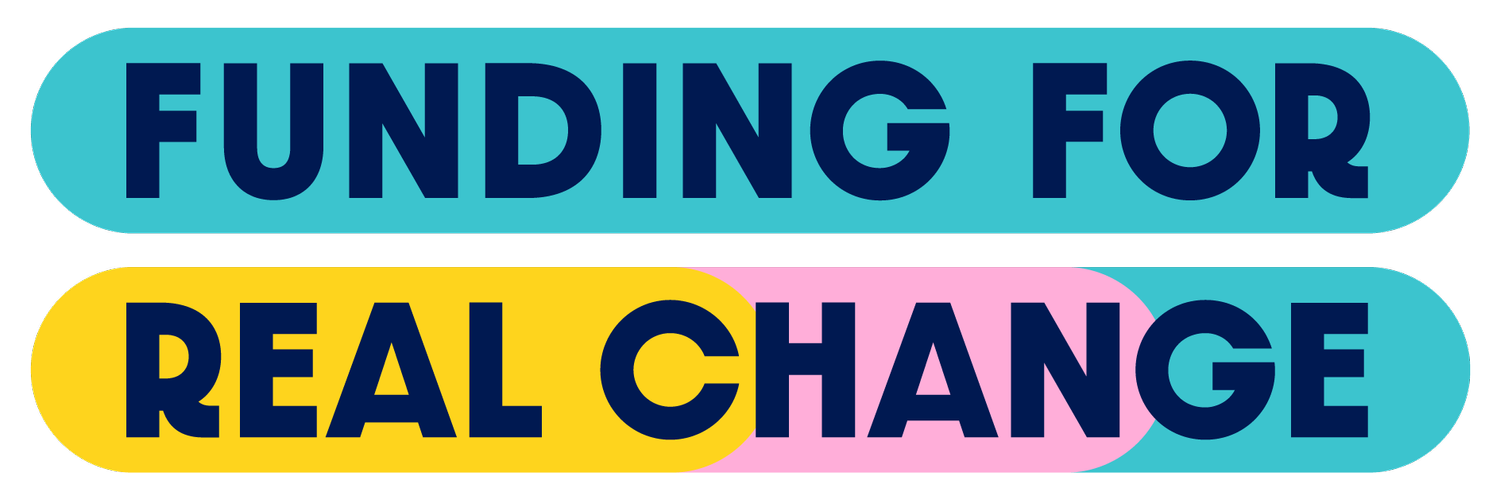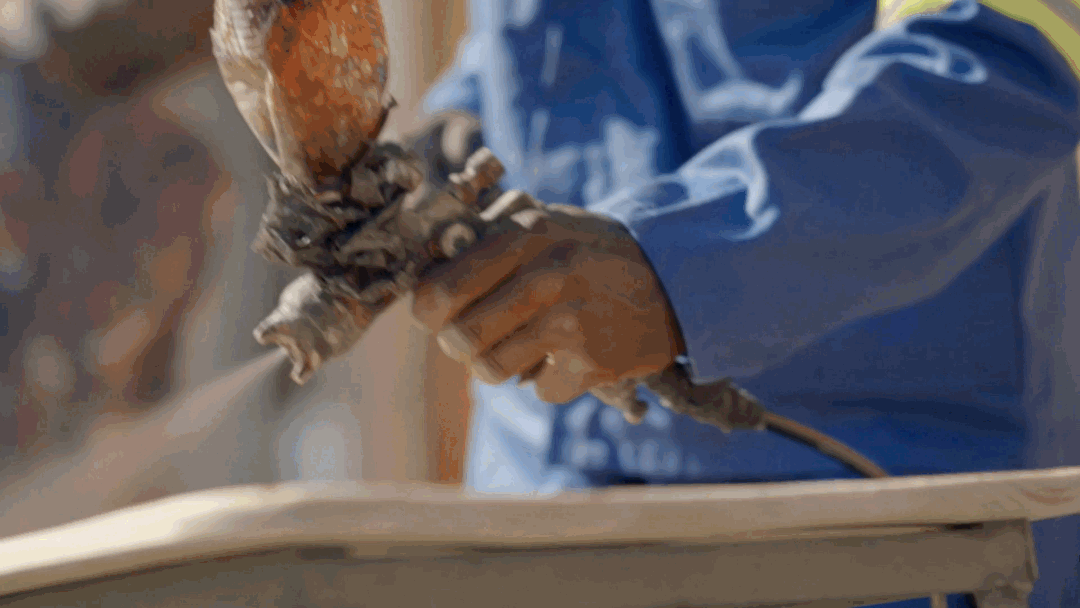Oak Foundation
+ Simukai
Video by Paul Johannessen
Learn more about:
Oak Foundation
Learn more about:
Simukai

Oak Foundation:
A People-Centered Approach to Flexible Grantmaking
Learning continuously, acting responsively
By 2019, the foundation began strategically pivoting away from restricted project support to core support and was, concurrently, invited to join the Funders for Real Cost, Real Change (FRC) collaborative to explore ways in which funders can cover the “true costs” of projects, i.e., a full and fair share of the indirect costs in project grants. By 2021, core support had exponentially increased to 42 percent of Oak’s overall grantmaking, up from 22 percent in 2013. With regard to indirect cost coverage, the foundation made a profound discovery: although it had eliminated its policy of a 15 percent cap on indirect costs years prior, many of its staff were still operating with that mindset. The inadequate low rate had unintentionally become an unwritten and unchallenged rule. Oak has since been steadily working to assess and redress the internal processes driving critical grantmaking decisions that have resounding impacts on its partners.
Geraldine Limborg, Director of Operations, Oak Foundation
One of the Oak Foundation’s core values is to learn continuously. The foundation’s history reflects that it has indeed continued to learn and grow – maintaining its responsiveness to changing circumstances and willingness to adapt. After Oak was founded in 1983, its grantmaking expanded geographically and thematically over time. Distinct programs were formed, all of which gained clarity of focus and eventually developed distinct concrete strategies. In the 2010s, the foundation also came to embrace providing capacity building and organizational development support to grantee partners in response to the specific needs they expressed.
“This volatile, uncertain world we live in is not telling us that restrictive grants are going to serve the values or principles that our work is [based] on. We need to move on and evolve. Looking at how organizations can operate more effectively...if we do that, programmatic objectives are better served. We can have a world where children are not abused.”
Adriana Craciun, Senior Adviser for Capacity Building & Organisational Development, Oak Foundation
Finding the right balance: being specific, not prescriptive
While some funders committed to improving equity in grantmaking have chosen to implement indirect cost policies with fixed rates, Oak’s vision is to provide support tailored to the specific needs of grantee partners. The foundation has no set benchmark for indirect cost rates* – neither a minimum nor a maximum – in recognition of the significant variation among its grantee partners, and potential changes over time for a given partner, depending on geography, project type, organizational maturity, governance model, and other factors. This decision is grounded in Oak’s stance that grantees should have agency and ownership over the process to best determine their own needs. Capacity building priorities and monitoring and evaluation strategies are similarly determined in consultation with them, based on mutual trust.
The foundation is also flexible with how indirect costs are calculated. Across the philanthropic sector, there is no singular agreed-upon methodology, nor is there standard terminology, which has generated inconsistencies and inefficiencies that grant seekers are forced to grapple with. Oak’s concern is that imposing restrictions or being overly prescriptive would unnecessarily burden their partners – who are likely applying for funding from numerous sources – with the demanding task of restructuring and tailoring their budgets. This burden has, instead, been shifted to the foundation to evaluate the proposed amounts for ‘indirect costs’ or ‘overhead’ submitted for review.
*except in the case of universities wherein a 15 percent cap is applied due to complex hosting structures
A ‘soft’ approach to [re]training staff
This commitment to being specific, not prescriptive, and facilitating a process that is grantee-led, not donor-driven, can be complicated to operationalize.
Program officers – who manage grantee relationships and have decision-making power over funding arrangements – need the time, capacity, and inclination to improve indirect cost coverage and increase core support in their grant portfolios. As such, priority has been placed on sensitizing and retraining them to move away from the de facto 15 percent overhead mindset and embrace more flexible and equitable grantmaking practices.
Oak is striving to cultivate an institutional culture in which staff are motivated to fund flexibly and equitably because it is the right thing to do, not because they would otherwise be penalized. The foundation’s Trustees and President are committed to implementing best practices and challenge program officers to center the needs of our partners.
As such, it has employed a suite of “soft tools” to guide staff in the right direction and ensure they internalize the message of the importance of funding the true costs of projects and providing core support when appropriate and feasible. This process is evolving as foundation leadership works to right-size how instructive or forceful guidance to staff is, wanting to be specific but not overly prescriptive in alignment with its approach to grantee relations.
These tools – including peer learning, professional and financial training, strong messaging from leadership and trustees, and sharing success stories from partners – are complementary.
Together, they address the differential ways in which individuals absorb information and learn to modify their behavior, as well as the unique programmatic structure of the foundation.
“We’ve been on a road show to get that message through to change the frame of mind of our colleagues. The goal shouldn’t be to minimize overhead but to strengthen operations.”
Geraldine Limborg, Director of Operations, Oak Foundation
Each of Oak’s programs acts independently with its own trustees, leadership, historical approach, and strategy. The Issues Affecting Women program, for example, has a long history of providing core support to women-led organizations through intermediaries, such as regional women’s funds. Other programs at Oak pursue specific objectives within a partner organization’s broader focus. In those situations, Oak is working to explore and improve flexible project support where their priorities align.
Additionally, as an outcome of its participation in the FRC collaborative, the foundation has crafted internal “Guidelines for Effective Grantmaking,” which are currently being updated. As of now, the guidelines explain the differences between core support and project support, the rationale for each, and desired outcomes. They clarify that “true cost funding” in practice at Oak means flexible indirect cost rates, encouraging grantee partners to include a fair share of indirect costs in project budgets, and funding capacity building related to financial management and organizational development.
Taking other funders on a journey
Although Oak is still in the early stages of change vis-à-vis indirect cost coverage, it is determined to take other funders along with it on this journey. The foundation joined the FRC collaborative to not only improve its own grantmaking practices but to also play an active role in influencing the philanthropic sector. Although individual foundations have control over the ways in which their own resources are deployed, they cannot in isolation remedy the sector-wide chronic underfunding of nonprofit organizations’ indirect costs. Oak is committed to maintaining this forward-thinking, collaborative perspective to advance change.
“What we need to do is take other funders on our journey...You will only really drive change at the sector level if everybody buys into the idea.”
Geraldine Limborg, Director of Operations, Oak Foundation

Simukai: Innovating, collaborating, and working adaptively
Growing to realize its full potential
The Oak Foundation has found a true partner in Simukai Child Protection Programme, an organization that is similarly committed to learning and evolving and has done so immensely since it began as a small street youth program in 2000.
“The whole transformation that happens when vulnerable children and young people are holistically assisted is the motivation behind myself and my colleagues... this is what pushes us, this is the driving force behind the work that we are doing it.”
Evans Magumise, Director, Simukai Child Protection Programme
Today, Simukai is dedicated to ensuring the rights of children and youth are promoted, protected, and fulfilled and to helping them realize their full potential. The organization’s Director, Evans Magumise first fell in love with its mission and work as a young university student.
Over the past 14 years, he has grown alongside it, supporting the depth and breadth of its operations which span four complementary areas of intervention: education, social protection, health and psychosocial support, and advocacy and communications.
To achieve its goals, Simukai works close to the ground directly with families, children, and young people and in close collaboration with other civil society organizations, community-based organizations, and government partners.
Barriers to organizational resilience: context is key
Simukai views organizational resilience as consisting of two inextricably linked conditions: financial sustainability and programmatic sustainability. Financially, the organization aspires to build a reserve fund that will enable it to operate without external sources of funding for at least six months. Programmatically, it defines sustainability as being able to attract and retain skilled staff, maintaining a strong governance structure, and having coherent policies and procedures that are implemented with fidelity to ensure continuity of programs.
Evans Magumise, Director, Simukai Child Protection Programme
Progress toward achieving organizational resilience has been non-linear for Simukai as it faces persistent, dynamic, context-specific challenges. So long as grants are deployed as one-size-fits-all solutions that do not consider the dynamic, deeply complex in which nonprofit organizations differ, their needs will continue to be unmet. Based in Mutare, Zimbabwe, Simukai must navigate an economically volatile environment characterized by widespread poverty, rent that fluctuates month-to-month, and unique tax obligations. In recent years, funding has become scarce as donors divert resources to other geographies and issue areas, such as relief efforts for natural disasters in Southern Africa and the war in Ukraine. Additionally, since the outset of the COVID-19 pandemic, some funders have become increasingly inflexible, pushing back on indirect costs to maximize dollars spent directly on programs.
There are, however, some barriers to organizational resilience that Simukai and other nonprofits around the world similarly face. Traditional funders often have expectations or requirements that are misaligned with – or simply not feasible in light of – what they are willing (or not willing) to fund. For example:
| Requiring or expecting... | But not willing to fund... |
|---|---|
| Formal governance structures | Costs related to maintaining and strengthening their functionality |
| Monitoring and evaluation activities | A sufficient budget line for rigorous implementation to improve project and programmatic outcomes |
| Financial audit reports | Costs related to financial management |
Another thorny issue is co-financing – requiring grantees to provide a contribution of their own to the project while perpetuating grantmaking practices, including inadequate indirect cost coverage, that undermine their ability be financially stable enough to do so.
One of the most consistently underfunded costs is rent. Some funders do not consider it an eligible indirect cost. Those that do have different prescribed methodologies for how the allowable proportion should be calculated. Apportioning rent across numerous funders with different calculations and timelines sometimes results in significant gaps in coverage.
Getting to true costs
In the face of dwindling, inflexible, and inconsistent funding, many nonprofits in Zimbabwe have developed income generating projects to cover indirect costs crucial to their survival and the success of their operations and bolster their resilience. Simukai has acquired an egg incubator facility that is open to the public. Community members pay a fee per crate of eggs and are notified when they have hatched and the chickens are ready to be collected. All proceeds from this social enterprise are invested in the organization to sustain it.
With this same entrepreneurial mindset, Evans and his colleagues have employed several strategies to better advocate for flexible grantmaking practices with funders. The majority of Simukai’s project grants now have an indirect cost rate of 30 percent. These approaches have enabled them to navigate the entrenched power imbalances between traditional funders and grant recipients that, more often than not, steer civil society organizations to refrain from vocalizing their needs for fear of potentially jeopardizing these uncertain, seemingly tenuous relationships.
For example, working in close collaboration with funders throughout the grantmaking process – such as pitching an idea and co-developing a project proposal – has positioned Simukai to more effectively negotiate for better funding arrangements. Although the organization benefits by securing a grant that would otherwise not be as equitable or flexible, this approach comes with the important caveat that staff are not compensated for the time and resources invested in these collaborative processes. As such, attaining better indirect cost coverage in the long-term comes at an immediate cost that will not be recovered. Simukai hopes for a future in which such trade-offs do not have to be made.
“It is critical that potential funders take their time to visit the potential grantee, spend some time together with the potential grantee, understand their environment...We are operating in different contexts. Our needs are different. Our experiences are different.”
Evans Magumise, Director, Simukai Child Protection Programme
Consortium arrangements with other civil society organizations have also proven to be beneficial. This enables all of the participating organizations to share indirect costs, reduce their individual burdens, and strengthen their alliances as they work toward shared goals.
With great success, Simukai has invited potential or new donors to observe and experience projects supported by other partners and proposed the use of those more favorable, already established funding models. This strategy succeeds because funders are able to see in real time what becomes possible when more and better funding is unlocked and become inspired to replicate good practices. As opposed to relying upon an austere capacity assessment that only scratches the surface of an organization’s operations, they have the opportunity to develop a close relationship of mutual trust and truly come to understand it and the people who sustain it.
Written By Alexandra Solomon







